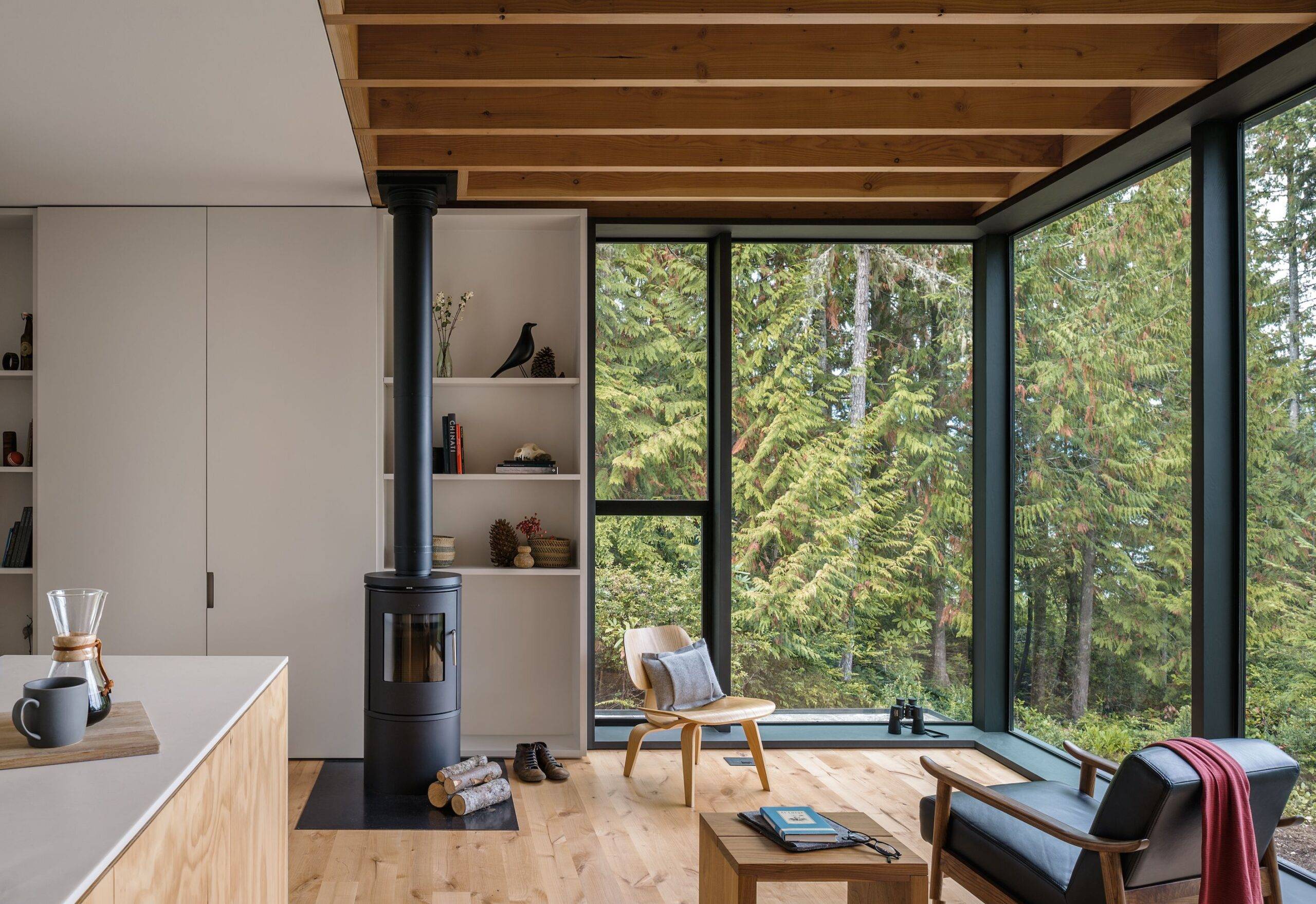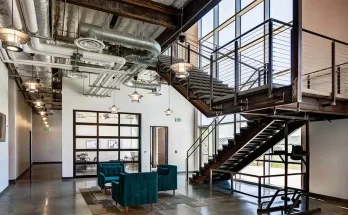Building your ideal tiny home can be an exciting and rewarding journey. However, before you embark on this project, it’s crucial to consider several factors that will influence the design, construction, and overall success of your tiny home.
Building your dream tiny home requires careful planning and consideration of various factors. Remember to seek expert advice when needed and enjoy the process of creating your ideal tiny home. Check these details here.
Here are some key factors to consider before building your dream tiny home.
Assess your lifestyle and need to determine the layout and features that are essential for your tiny home. Consider factors such as the number of occupants, daily activities, and storage requirements. Identify your must-haves and prioritize them during the design process to ensure your tiny home caters to your specific needs.
Consider costs for land, materials, permits, and labor. Research financing options, if needed, and explore ways to save money by opting for DIY construction or using reclaimed and recycled materials. Having a clear budget will help guide your decisions throughout the process.
Research local zoning regulations and building codes that apply to tiny homes in your desired area. Ensure that your plans comply with all legal requirements to avoid complications down the line. Familiarize yourself with minimum size standards, setback requirements, and restrictions on where tiny homes can be placed.
Carefully plan the design and layout of your tiny home to maximize space and functionality. Consider multi-functional furniture, clever storage solutions, and open-concept layouts to create a sense of spaciousness.
Incorporate eco-friendly elements into your tiny home design to reduce your carbon footprint. Choose energy-efficient appliances, insulation materials, and sustainable building practices.
Determine where you plan to place your tiny home and consider the land requirements. Assess the desirability of the location in terms of proximity to amenities, transportation, and personal preferences.
Consider future needs, such as potential family growth or aging in place. Opt for durable materials and finishes that require minimal maintenance. Plan for adaptability and scalability to accommodate changes over time.
Ensure that your tiny home design prioritizes safety and security. Consider security measures, such as sturdy doors and windows, outdoor lighting, and security systems, to protect your home and belongings.
Seek advice from professionals who specialize in tiny home construction. Architects, builders, and contractors experienced in building tiny homes can offer valuable insights and guidance throughout the process. They can help ensure that your design is structurally sound, meets legal requirements, and incorporates best practices for tiny home living.




